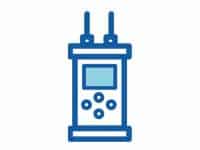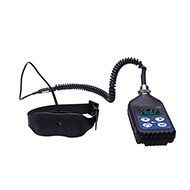Hand-arm vibration syndrome
Hand-arm vibration syndrome (HAVS) is a condition that can develop from exposure to vibrating tools and machinery. The condition is characterized by pain, numbness, and tingling in the hands and arms. In severe cases, HAVS can lead to permanent damage to the nerves, blood vessels, and joints. Some of the most common symptoms of HAVS include vibration induced white finger (Raynaud’s phenomenon), reduced grip strength and blood flow in one or more fingers, and loss of sensation in the fingers. The condition is caused by repeated exposure to vibrations, which damages the blood vessels and nerves in the hands and arms. HAVS is most commonly seen in people who use vibrating tools regularly, such as jackhammers, power saws, and sanders. The best way to prevent HAVS is to wear gloves and other protective gear when using vibrating tools. If you think you may have HAVS, it is important to see a doctor so that you can get treatment and take steps to protect your health.
How to avoid hand-arm vibration syndrome?
To reduce exposure risk, employers should provide workers with personal protective equipment, such as anti-vibration gloves, and educate them on vibration limits. Employers should also implement engineering controls, to reduce the use of tools that generate too much vibration. Implementing a job rotation also prevents exceeding vibration limits. By taking these precautions, employers can help protect workers from hand-arm vibration syndrome.
Hand-arm vibration syndrome tests
The tests commence with a measure of grip strength and finger dexterity. Neurological tests involve the determination of vibrotactile perception thresholds (using the Vibrotactile Perception Meter) and thermotactic perception thresholds for hot and cold (using the Thermal Aesthesiometer). The test measures the individual’s ability to detect changes in vibration and temperature. The subject’s threshold is the minimum intensity required to produce a feeling of vibration or heat. A lower threshold indicates a more sensitive touch. The test is important in determining whether an individual has any loss of sensation due to nerve damage. It can also be used to assess the efficacy of treatments for conditions such as diabetes, which can cause peripheral nerve damage.
Carpal tunnel syndrome
Carpal tunnel syndrome is a condition that affects the hand and arm, causing numbness, tingling, and pain. The syndrome is caused by the compression of the median nerve, which runs from the forearm to the hand. The syndrome can be caused by repetitive motions of the hand and arm, such as typing or using a mouse. The syndrome can also be aggravated by hand-arm vibration syndrome, which is caused by exposure to vibrations from hand held vibrating tools such as power drills. The severe symptoms condition requires clinical assessment and can be treated with splints or surgery. Carpal tunnel syndrome can also be prevented by maintaining good blood flow to the hand and arm and avoiding repetitive motions.







